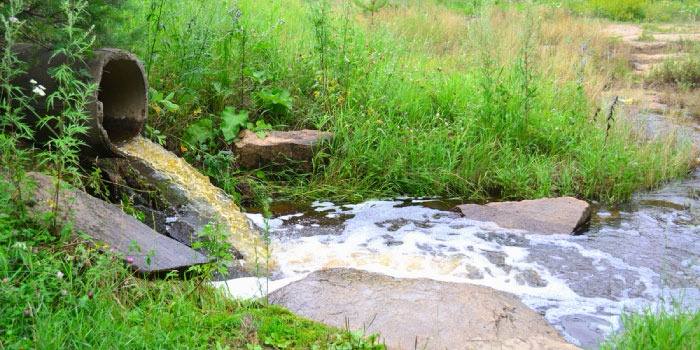The Critical Need for Continuous Monitoring in Pulp and Paper Effluents
Introduction:
The pulp and paper industry is integral to our daily lives, supplying products from books and packaging to hygiene essentials; however, the production process releases substantial effluents that can harm the environment and public health. Despite the digital shift in many areas, the demand for paper remains high, emphasizing the need for vigilant effluent management. Continuous monitoring of these discharges is essential to protect our ecosystems and communities.
Environmental and Public Health Risks:
Effluents from pulp and paper plants may contain a multitude of harmful substances including heavy metals, nutrients, and toxic organic chemicals such as dioxins and furans. These pollutants can severely impact affected ecosystems, leading to oxygen depletion, algal blooms, habitat destruction, long-term damage to aquatic life, and disruption of the wider food chain. People living in nearby communities may face higher risks of skin conditions, developmental disorders, and cancer due to exposure to these pollutants. Proper management and monitoring of these effluents are crucial to safeguarding both environmental and human health.
Persistent Paper Demand:
Even with digital advancements, the demand for paper products remains substantial. Industries like packaging, printing, and sanitation continue to rely heavily on paper. This ongoing demand means the environmental challenges posed by pulp and paper production will persist, requiring continuous attention and management to mitigate their impact.
Current Monitoring Practices and Their Shortcomings:
Regulatory bodies have set strict guidelines for key contaminants in pulp and paper effluents. However, these regulations often only mandate periodic testing on a monthly, quarterly, or annual basis. While periodic checks are important, they can miss short-term spikes in contaminant levels that could cause significant harm to the local environment and/or neighboring communities, which highlights the need for continuous monitoring.
The Role of TRITON in Continuous Monitoring:
AUG's TRITON is an advanced water sensor platform that provides a comprehensive solution for continuous monitoring of pulp and paper industry effluents. TRITON can integrate any continuous sensor available on the market, ensuring that all relevant contaminants are monitored around the clock. This real-time monitoring capability allows for immediate detection of any deviations from acceptable contaminant levels, enabling swift action to prevent environmental and public health risks.
TRITON offers numerous benefits that make it an ideal choice for pulp and paper plants. Its ability to incorporate multiple sensors ensures thorough monitoring of a wide range of contaminants, including organic compounds, nutrients, and toxic chemicals, protecting both the environment and public health. TRITON provides real-time data crucial for detecting and responding to sudden changes in effluent quality, helping prevent accidental releases of harmful substances and ensuring compliance with environmental regulations, avoiding fines and penalties, and promoting a culture of environmental responsibility. Additionally, its modular design makes it scalable to fit the needs of any pulp and paper plant, allowing it to be tailored to the specific requirements of different facilities.
By investing in TRITON, pulp and paper plants can enhance their environmental stewardship and contribute to a more sustainable future, ensuring that contaminants are kept in check and the health of our ecosystems and communities is protected.